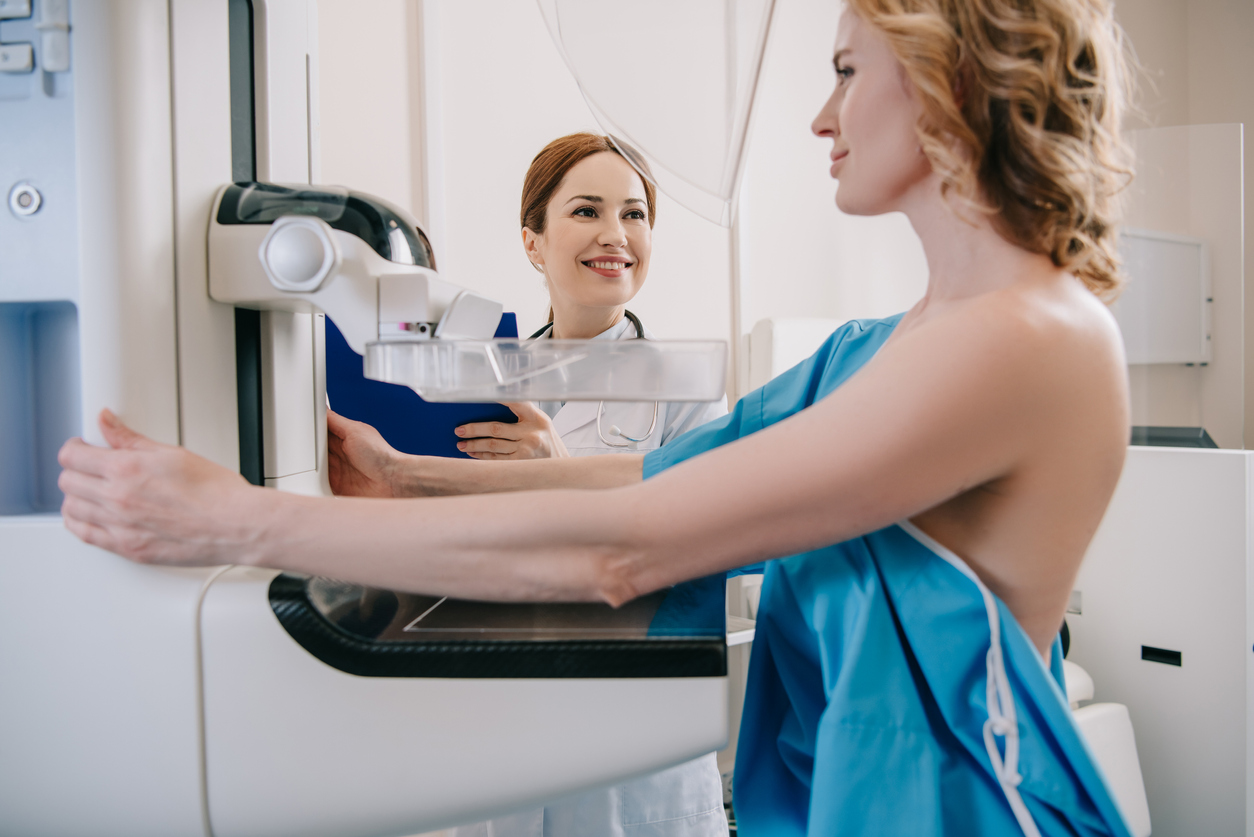Considering our mortality is an exercise that most of us would prefer to avoid. As a result, undergoing regular, preventative care can be a stressful practice, but it is also necessary if we want to enjoy more time on this earth. Mammograms are no exception. Knowing when to get a mammogram is essential to your health.
In a lot of cases, people think of mammograms as something reserved for older women. Historically this was the case. Women would often wait until they were in their 50s or 60s to get their first mammogram, but the perceived increase in breast cancer cases in younger women is changing that perception.
At Breast Institute Austin, breast cancer prevention is our highest priority.
Shifting the Bar
A recent report out of Yale states that about 11% of breast cancer patients are under the age of 45. It may not seem like a lot, but it means that younger women should certainly be paying attention to their breast health before entering menopause. According to the same report, the Center for Disease Control estimates that 26,393 women under 45 will be diagnosed with breast cancer this year.
In response to growing awareness of this issue, many health care providers suggest that all women begin receiving annual mammograms at the age of 45. The American Cancer Association makes this recommendation with the caveat that women with genetic risk factors should be given the option to undergo annual mammograms starting at the age of 40.
Prior to age 40, women are still considered to be in a low-risk category. However, you should undoubtedly continue regular breast examinations. It may seem like a troublesome exercise, but women are being diagnosed with breast cancer as early as their twenties. Performing regular self-examinations allows you to create a baseline.
To recognize an abnormality in its earliest stages, you have to have a sense of their normal topography. By performing regular self-exams, the somewhat lumpy tissue that makes up the lactation system of the breast will become more recognizable, allowing you to discern when something doesn’t feel quite right.
Performing a Self-Examination
The National Breast Cancer Foundation suggests that all women should perform a self-examination once per month, as 40% of all breast cancer cases are initially discovered by the patient.
There are three distinct steps to a complete self-examination.
Visual Exam
In some cases, lumps caused by breast cancer are visible. During your self-examination, you should stand in front of a mirror. First, check for any inconsistencies in the curvature of your breasts. Make sure to check up to the collar-bone, underneath the breast, underneath the armpit, and the breast tissue that continues to wrap around to your back.
Standing Upright
To check for lumps by touch, take the three fingers of your dominant hand and use their flattened pads to scan your breast. To ensure a full exam, start on one side and press lightly onto the skin as you run your fingers in a vertical path down. Continue to move across the breast and make a vertical pass with your fingers each time.
This approach may feel weird to you, given the shape of breasts. However, using the vertical scanning method allows a level of consistency that will improve your ability to recognize something out of the ordinary. Also, it prevents the possibility of missing part of your breast.
As with the visual test, make sure you start at the collar-bone and continue your vertical sweep to the very bottom of the breast. You also want to make sure you check the tissue under your armpit and around to your back where your bra-strap would normally be located.
Laying Down
The last part of your self-examination makes it a little easier, especially if you have larger breasts. By laying down, you allow the bulk of your breast tissue to naturally flatten a bit. For comfort, place a pillow under the shoulder of the breast you’re going to check and put the arm behind your head. Follow the same technique as when you were standing.
If You Find a Lump
If you feel something out of the ordinary, then you’ll want to make an appointment with your doctor as soon as possible. Your doctor will likely perform a physical examination. They’ll follow up with scheduling when to get a mammogram if something feels out of the ordinary.
For your mammogram, the American Cancer Society suggests wearing a skirt or pants for your own comfort during the exam. Additionally, they warn that you should avoid wearing antiperspirant or deodorant, which can obscure your results.
During the exam, the technician will have to physically place your breasts to ensure a good image. You should inform the office when you make an appointment if you would prefer a female technician. It is important to us that you feel comfortable during the exam.
The process does require flattening your breasts to achieve the required images. Fortunately, this only lasts a few seconds per image, and your technician will do their best to ensure your comfort.
Preparing for News
Knowing when to get a mammogram is essential to early detection and treatment. If your mammogram reveals a potentially cancerous mass, then it is time to start planning for your future. At Breast Health Institute Austin, Dr. Miltenburg specializes in giving breast cancer patients the care and support they need. We provide a range of breast tumor treatment options. Contact our office for an initial consultation to get all of your questions answered and to start building the medical support network you may need in the coming months.

